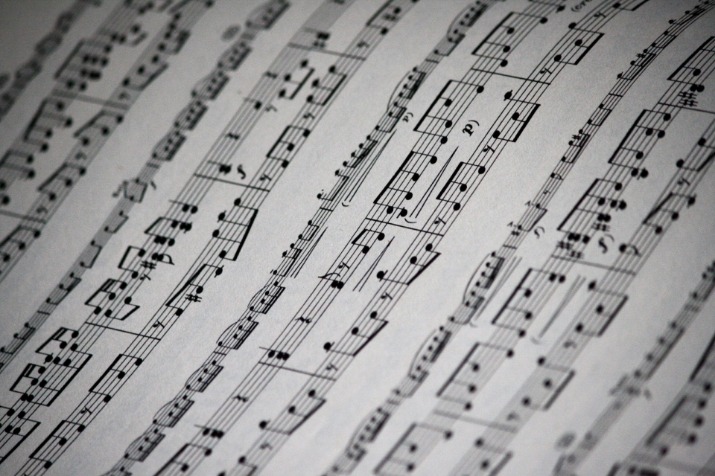Throughout the ages, Black Art has played a pivotal role in the cultural, social, and political landscapes across the globe. This diverse and multifaceted arena encompasses a wide array of mediums, from painting and sculpture to music and performance art. Let’s delve into the significance and evolution of Black Art and its profound impact on the world.
The Genesis of Black Art
Read more about Black Art here.
The origins of Black Art can be traced back to ancient Africa, where art was an integral part of daily life and spiritual practices. Communities created intricate masks, sculptures, and textiles that reflected their beliefs, traditions, and societal structures. These early expressions laid the groundwork for the development of Black Art as we know it today.
The Harlem Renaissance: A Flourishing Era
The Birth of a Cultural Movement
In the early 20th century, the Harlem Renaissance marked a watershed moment for Black Art. This cultural movement, centered in Harlem, New York, saw a proliferation of artistic expression among African American artists, writers, and musicians. Figures like Langston Hughes, Zora Neale Hurston, and Aaron Douglas emerged, showcasing the depth and diversity of African American life.
The Impact on Visual Arts
During the Harlem Renaissance, visual artists such as Palmer Hayden and Augusta Savage gained prominence. Their work celebrated African American culture, heritage, and identity, often incorporating elements of African art and symbolism. This period was crucial in establishing a distinct voice for Black Art in the broader American art scene.
Contemporary Black Art: Voices of Resistance and Resilience
The mid to late 20th century saw the emergence of the Black Arts Movement, which sought to create art that reflected the political and social struggles of the African American community. Artists like Faith Ringgold and Romare Bearden used their work to address issues such as racism, civil rights, and identity, further solidifying the role of Black Art as a tool for activism and change.
The Rise of Black Artists in Popular Culture
In recent decades, Black artists have continued to push boundaries and redefine the art world. Contemporary artists like Kehinde Wiley, Kara Walker, and Jean-Michel Basquiat have gained international acclaim, using their platforms to challenge stereotypes and provoke thought. Through their work, the narrative of Black Art has expanded, embracing not just struggle but also joy, innovation, and the complexities of modern life.
The Global Influence of Black Art
Today, Black Art transcends geographical boundaries, influencing and being influenced by various cultures around the world. From the vibrant street art of Lagos to the powerful installations in London, the impact of Black Art is undeniable. It continues to inspire movements for social justice and foster a greater understanding of the African diaspora’s contributions to global culture.
Black Art in the Digital Age
The advent of digital technology and social media has provided new avenues for the dissemination and appreciation of Black Art. Online galleries, virtual exhibitions, and social media platforms have democratized access, allowing artists to reach a wider audience and creating a more inclusive art world.
Conclusion
The legacy of Black Art is one of resilience, innovation, and profound cultural significance. From its ancient roots to its contemporary expressions, it continues to evolve and inspire. As we move forward, it is essential to recognize and celebrate the contributions of Black artists and ensure that Black Art remains an integral part of our global cultural heritage.





